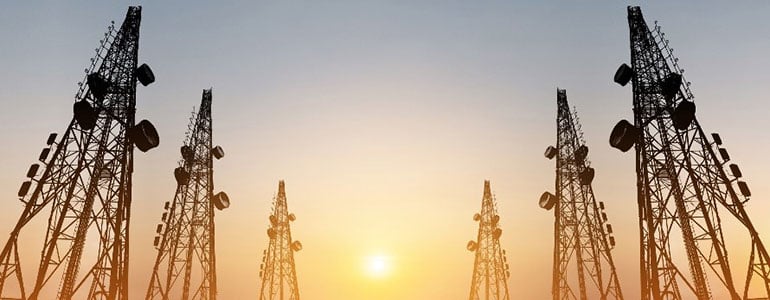New FCC Approval Process

03 Jan 2019
What You Should Know About Recent Changes for RF Devices
In 2017, the US Federal Communications Commission (FCC) made sweeping modifications to its approval process for radio frequency (RF) devices. The purpose of the new rules is to "simplify and reduce burdens associated with the equipment authorization process." While the certification process is unchanged, other approval procedures have been combined.
Replacing the Verification and the Declaration of Conformity (DoC)
Instead of having two different approval procedures for devices that are not subject to certification—verification and a declaration of conformity—the FCC now uses one procedure to approve these devices, the supplier's declaration of conformity (SDoC). In combining two self-approval processes into one new procedure, the SDoC process generally retains the less burdensome requirements, including:
- Identification: The responsible party must uniquely identify all products in a format that cannot be confused with the FCC identifier. The responsible party must also maintain adequate records to facilitate positive identification for each device.
- Compliance information: Products that must be tested and authorized need to be accompanied by a compliance information statement at the time of marketing or importation. The information must be supplied with the product in a form that an end user would ordinarily expect to encounter product information, such as a label, manual, product insert, or online.
- Marking and information to user: The party responsible for the compliance of the equipment with the applicable standards is responsible for ensuring products bear all required marking, as well as compliance information.
- FCC Logo – Now optional, the FCC logo may be used on any product subject to the SDoC process, but is not required.
Addition of E-label Rules
E-labelling can be used on devices with either an integrated display or that operate in conjunction with another device that has an electronic display. They must be programmed by the responsible party and secured so third parties cannot modify them. Regulatory information must be accessible within three steps (excluding device login) and instructions to access regulatory information must be provided. At the time of sale, there must be a temporary label on the device or packaging that can survive shipping and contains the label and regulatory information, or this information can be provided in the user manual or an insert.
Information specifically required by a rule to be displayed on the product, packaging or signage cannot be electronic. However, the following can be:
- FCC ID and logo
- Compliance statements of 15.19
- Warning statements of 15.21 and 15.105
- Model number/unique identifier
Adoption of ANSI C63.26:2015 Licensed Radio standard
Under updates for test laboratories, the FCC has incorporated ANSI C63.26:2015 for licensed radios, by reference. Other updates to the requirements for testing labs include the incorporation of ANSI C63.4:2014 by reference and the requirement of FCC accreditation for certification, but not for SDoC.
Reduction of Paperwork
The FCC changes include the elimination of Form 740 for imports, in order to providean overall reduction of paperwork when importing into the US.
With so many products requiring FCC approval, it is important to stay informed of the certification process and requirements in order to sell in the US.
